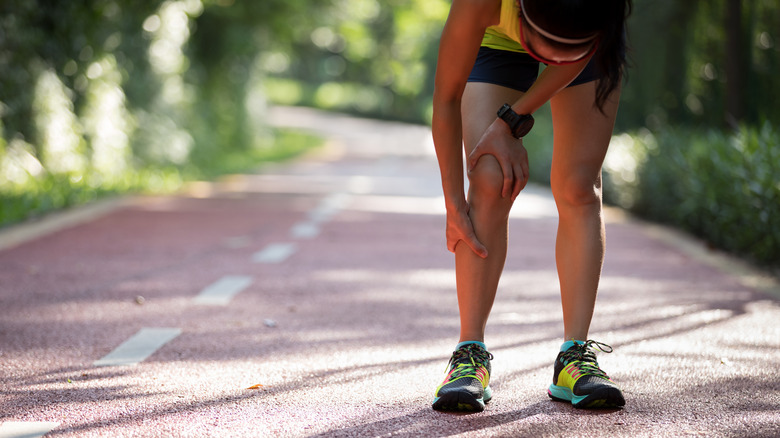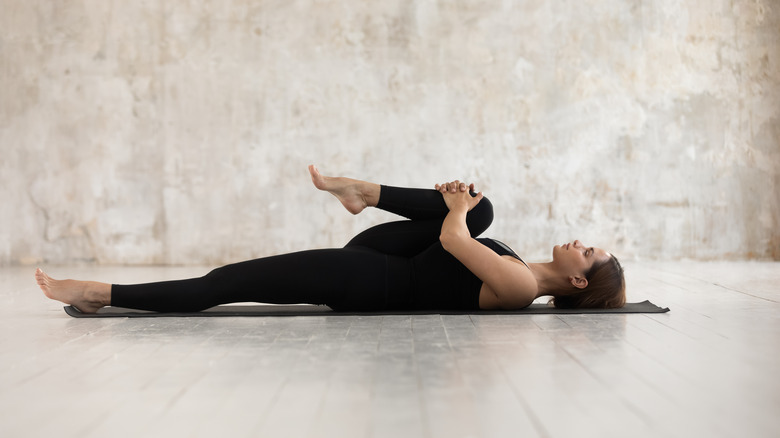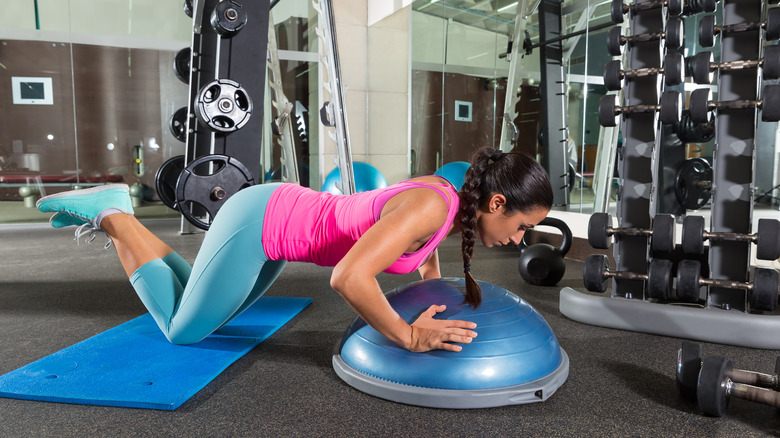Wondering what exercises to do with joint pain?
You’re probably thinking about stretching and low-impact activities like swimming or yoga.
These activities are generally safe, but you could do much more than that.

It all comes down to your symptoms and what’s causing them in the first place.
If you have an injury, it’s important to give your body enough time to recover.
In this case, low-impact workouts are your best bet.

The worst thing you might do is to avoid exercise altogether.
While it’s true that exercise can be painful at first, it gets easier over time.
“Not moving your joints can make the progression of arthritis worse,” he added.

Stretch your muscles and joints for flexibility
The more you sit, the stiffer your joints get.
Over time, prolonged sitting can affect your neck, back, and joints, causing pain.
“To maintain good posture, the hips have to battle against gravity.
One way to counteract the effects of sitting is tostretch your muscles and jointsregularly.
Do it even on your rest days to maintain your flexibility and range of motion.
TheArthritis Foundationrecommends performing static stretches after a five- to 10-minute warm-up.
Dynamic stretching is suitable before, during, or after exercise.
For example, you may stretch your hamstrings or quads to prevent injuries while running.
These movements also prepare your body for exercise and may reduce injury risk.
Body awareness exercises, such as yoga, Pilates, and tai chi, are beneficial, too.
Perform AROM exercises every day and stretching exercises four to five times a week.
Weak muscles can leave your joints vulnerable to injuries that’s why you should addresistance trainingto your workouts.
Choose a load that allows you to perform eight to 10 reps with good form without causing joint pain.
Feel free to modify these exercises based on your fitness level.
Consider using a BOSU ball or push-up handles to take some of the stress off your wrists.
Aerobic exercise is just as important as resistance training.
For example, you could cycle on a stationary bike to avoid putting strain on your back.
Thetreadmill can be harsh on your knees, so try using an elliptical trainer instead.